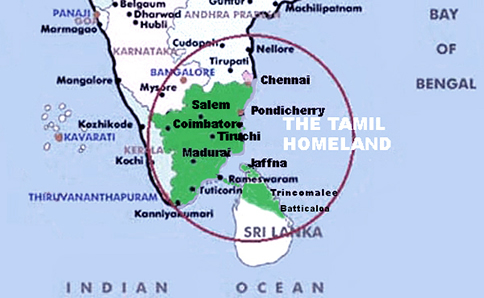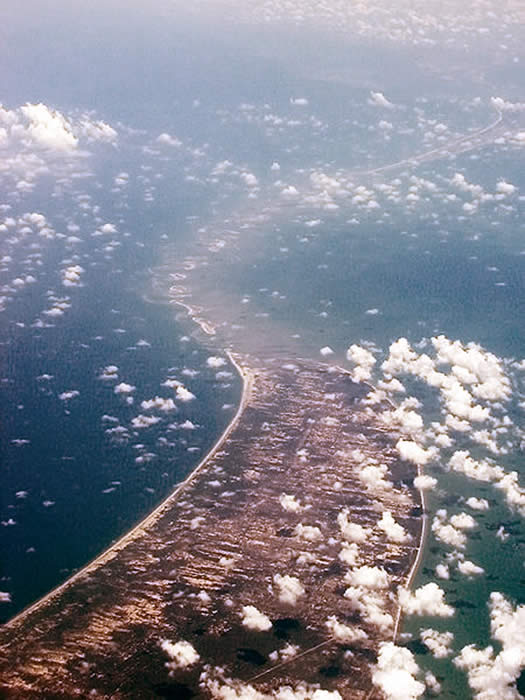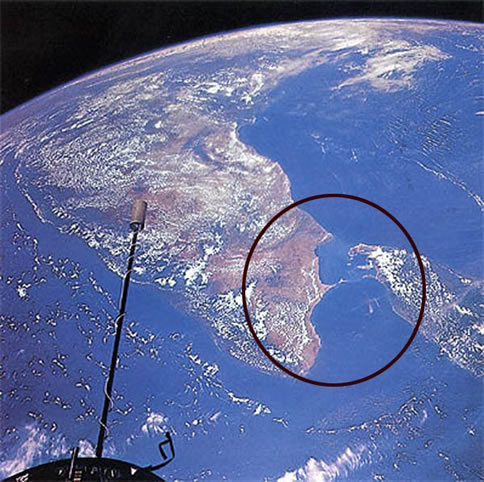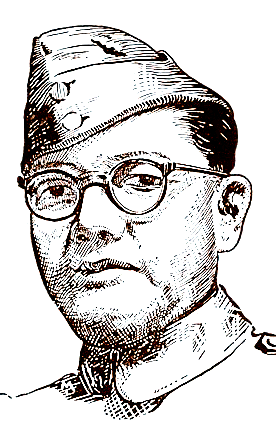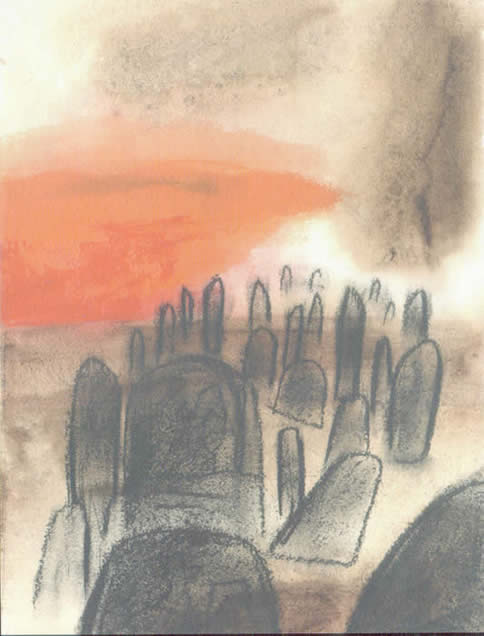by Michael Edwards,
As with life, sometimes in journalism you have to be careful what you wish for.
I had been wishing, and pushing, for a trip to Sri Lanka's notorious Manik Farm internal refugee camp for months.
And at about 7pm sitting in my hotel room in Colombo the Australian High Commission rang - I was booked on a military plane leaving early the next morning.
The news was a big relief, but also a big burden for what I perceive to be my journalistically narrow shoulders.
It was a pressing story. A clue as to why so many Tamils might be risking life and limb to come to Australia illegally. And a story I'd have to cover for television and radio, completely on my own.
I have been sent to South Asia to be a video-journalist. The J side of it isn't the problem; the V side, yes.
I was on a big story and I wasn't sure I had the skills to see it through.
The eventual product you see on your nightly news may only run a few minutes. But the production involved will take hours - filming, interviewing, scripting, editing. Usually, this is done with a reporter working in combination with a highly skilled cameraman.
But I wasn't going to have this luxury. I was going to be in northern Sri Lanka for a matter of hours and I had to get the story.
How I longed to have the ABC's South Asia cameraman Wayne McAllister with me at that time.Journalists tend to think about the words. A skilled camera operator thinks with his eyes - how what is in front of them can be translated onto a television screen.
I lack this ability. It was a massive frustration during my trip to Manik Farm.
Because the scale and the squalor of the camp is just something my small camera couldn't fully capture.
130,000 Tamils still live at Manik Farm. They do so in makeshift tents without access to proper power, running water and with access to only basic medical care.
The few sequences I was able to capture in our short military escorted tour can't fully tell the tale.
Nor will this blog.
But each of the residents had their own tale of survival from Sri Lanka's war.
Some had lost children, many had husbands who had been taken away by the Sri Lankan military and most faced an uncertain future once they were returned to their home villages.
Their smiles took nothing away from the potency of their stories.
Many had been at Manik Farm for as long as six months. Six months pretty much exposed to the elements. Six months with no income. Six months of little or no education for their children.
Six months under the watchful eye of Sri Lankan soldiers.
And this is on top of a three decades long civil war.
Fairfax Newspaper's South Asia Correspondent Matt Wade was on the trip with me. He had visited northern Sri Lanka earlier in the year.
On his return, what struck him was that the countryside still remained so battle scarred.
It's almost with guilt that I look and realise it is impossible to capture the full extent of this.
As a VJ, when you are capturing images your mind is focused on, well, focus and exposure of the shots.
The story can get swallowed in the process of capturing it.
It's not intentional. It's just the way it is. It's a conundrum every journalist faces. We're privileged to face it.
Read more!



